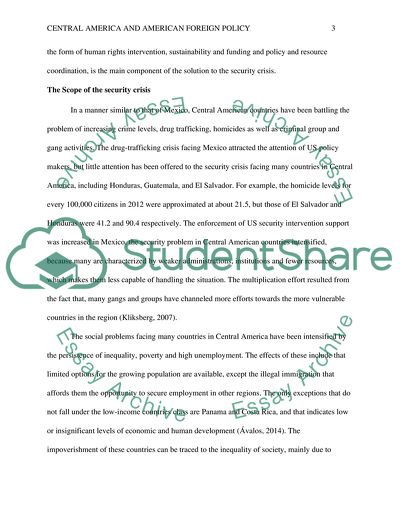Cite this document
(Central America and American Foreign Policy Research Paper, n.d.)
Central America and American Foreign Policy Research Paper. Retrieved from https://studentshare.org/politics/1832546-central-america-and-american-foreign-policy
Central America and American Foreign Policy Research Paper. Retrieved from https://studentshare.org/politics/1832546-central-america-and-american-foreign-policy
(Central America and American Foreign Policy Research Paper)
Central America and American Foreign Policy Research Paper. https://studentshare.org/politics/1832546-central-america-and-american-foreign-policy.
Central America and American Foreign Policy Research Paper. https://studentshare.org/politics/1832546-central-america-and-american-foreign-policy.
“Central America and American Foreign Policy Research Paper”, n.d. https://studentshare.org/politics/1832546-central-america-and-american-foreign-policy.


